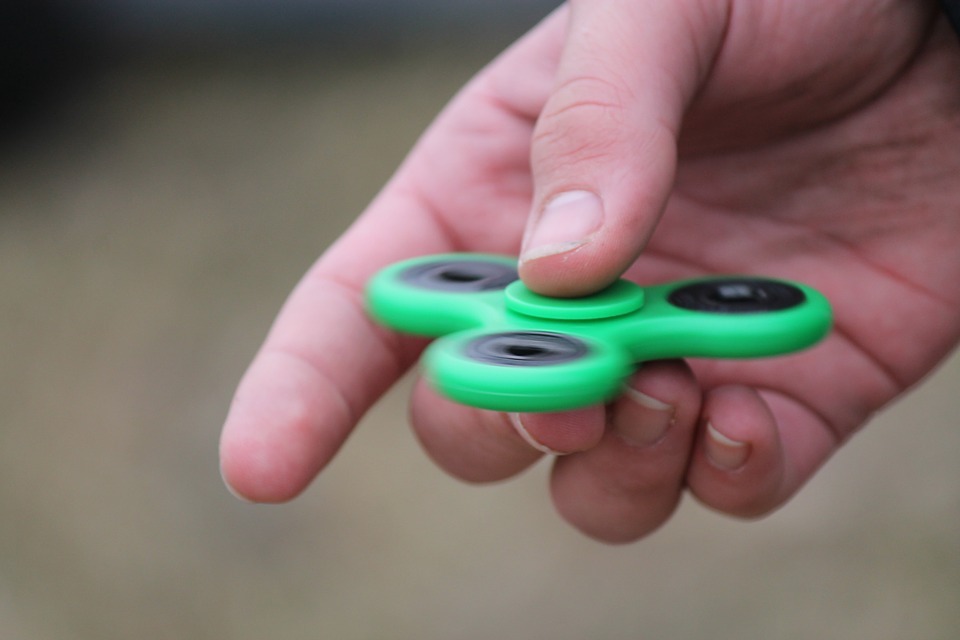Do you regularly bite your nails or fidget your pen? Or, do you like touching velvety or smooth surfaces when agitated? If so, then in these instances, you’re stimming. And stimming is not necessarily a bad thing as it’s a behavior that most people have been accustomed to, out of habit, and for some to release tension and for comfort.
What is Stimming?
Stimming, scientifically known as stereotypies, is a self-regulating behavior where someone does repetitive sounds or actions. Usually, it’s used to release anxiety and regulate heightened emotion. Such as when you bite your fingers when you don’t know the answer or twirl your hair when you’re confused. When you stim, it doesn’t necessarily mean you have autism, but it is one of the criteria in diagnosing autism.
The difference between autistic and non-autistic stimming is the regularity and type of behavior shown. Non-autistic stimming occasionally happens while those with autism are part of their daily routine. Besides, when non-autistic stimming seems disruptive, people can stop based on social cues. On the other hand, people under the spectrum cannot pick up social cues and, thus, continue with the behavior.
What are some examples of Stimming?
Here are the types of stimming for people with autism:
- Tactile stimming includes skin rubbing, hand movement, and finger tapping.
- Visual stimming – staring blankly in space, moving fingers in front of the eyes, repetitive blinking, and hand flapping.
- Auditory stimming includes making vocal stimming like humming, grunting, high-pitched shriek, covering or uncovering ears, and finger-snapping.
- Olfactory using the sense of nose where people with autism sniffs or always licks on objects or food.
- Vestibular includes rocking back and forth, spinning, jumping, or bouncing.
Causes of Stimming
While there had been no confirmed cause of stimming, based on observations of experts, stimming can be caused by any of the following:
- Manage their emotions
- Ease pain
- Overstimulation
- Understimulation
- Self-regulation
Stimming, in general, isn’t a negative behavior as it helps most of the people with neurological disorders cope up with their everyday lives. Autism stimming can be alarming if it’s disruptive or impedes how they function. If it results to any on the list below, consult with your doctor immediately:
- A person’s ability to learn is affected.
- Destructive or dangerous, like biting themselves or others.
- It causes social isolation, which leads to depression.
- Focus and performance at school is disrupted, like walking outside even when there’s class.
Some of the harming behaviors include banging their head, excessive skin rubbing, eating or swallowing dangerous objects, biting, and punching.
Management of Autism Stimming
Stopping stimming may be impossible and not even recommended as it’s a coping mechanism for people in the spectrum. As such, the proper way to handle it is to regulate or manage stimming. Here are some ways on how to manage autism stimming.
Know their triggers
In instances where the child exhibits harmful stimming, observe the child, and take note of what’s causing them to be agitated. Sensory overload, like loud noises or lights, can trigger your child to stim. Prevention is still the best approach to managing their harmful ways.
Undergo medical exam
Not all stimming is voluntary. There are instances where it can be triggered by illnesses that are not visible to the naked eye like ear infection or seizures. Having your child medically checked would uncover these diseases to be addressed appropriately.
Engage the child
Understimulation and overstimulation are two reasons for stimming. As such, taking turns engaging the child to disrupt them from boredom or sensory overload will help curtail these behaviors. Giving them activities such as puzzles, stress balls, fidget spinners, fidget toys helps them channel their energy and stimulation to other objects, thus making them at ease.
Replace dangerous behaviors with safe “stim.”
Repetitive behaviors that are disruptive should be changed with new and safer ones. If your child is used to biting themselves or others, you can give them a teething toy or food that they can chew on. Another is when they tend to rub themselves excessively, you can ask them to put their hands in their pocket instead or play with fidget toys. In this way, you can pull them out of danger and still be able to release their emotions.
Stimming, especially for adults under the spectrum, is a self-regulatory behavior. Thus, it must be regulated, not stopped. Look at these repetitive behaviors as a simple hug that comforts them when no one seems to understand what they are going through. People with autism must be shown with respect and not forced to live in the same way that everyone does because they are beautiful in their way. The responsibility of the people surrounding them is to accept and understand the things that they are going through.
Ava Wadaby is a contributing writer for Autism Parenting Magazine. She researches and writes about autism as she works to understand the challenges of her son who was diagnosed with Autism and ADHD. She also regularly conducts activities with children in her neighborhood, focusing on their learning and development.
Sources:
What is Stimming? Medical News Today
(https://www.medicalnewstoday.com/articles/319714#stimming_causes)
Stimming Causes and Management. Healthline
https://www.healthline.com/health/autism/stimming
Stimming. Wikipedia

